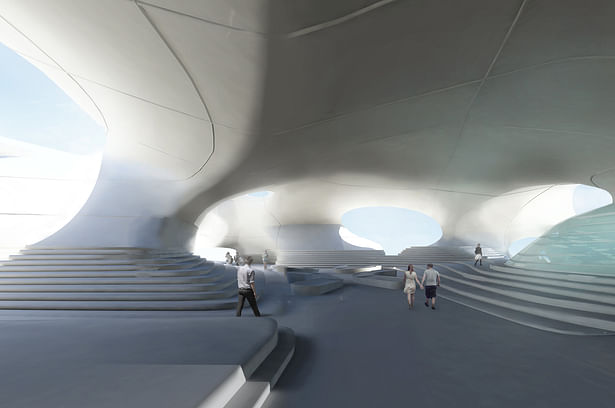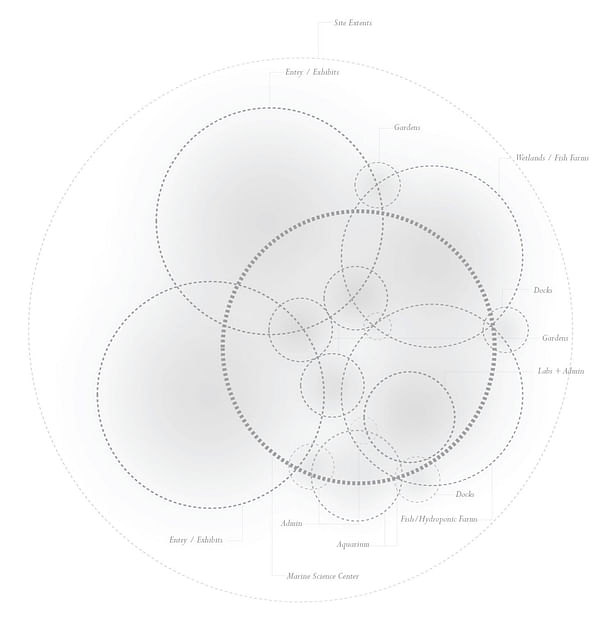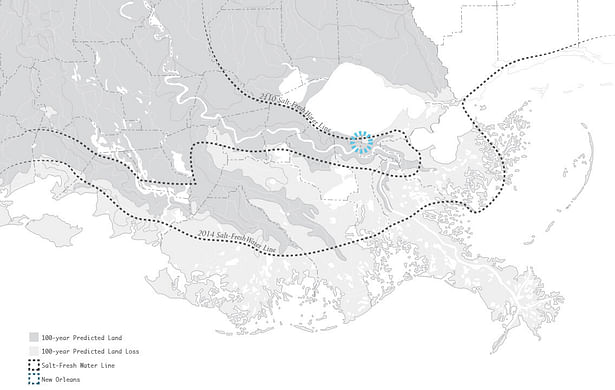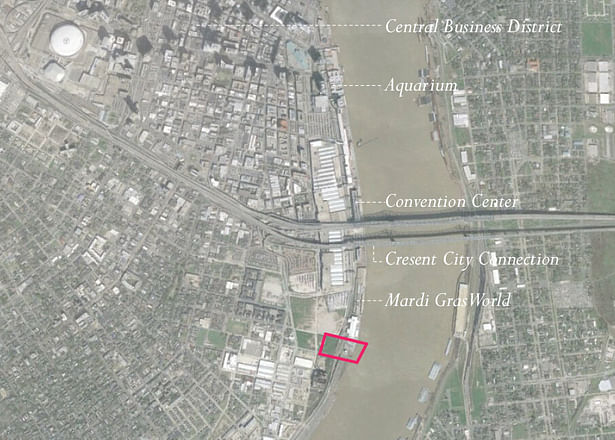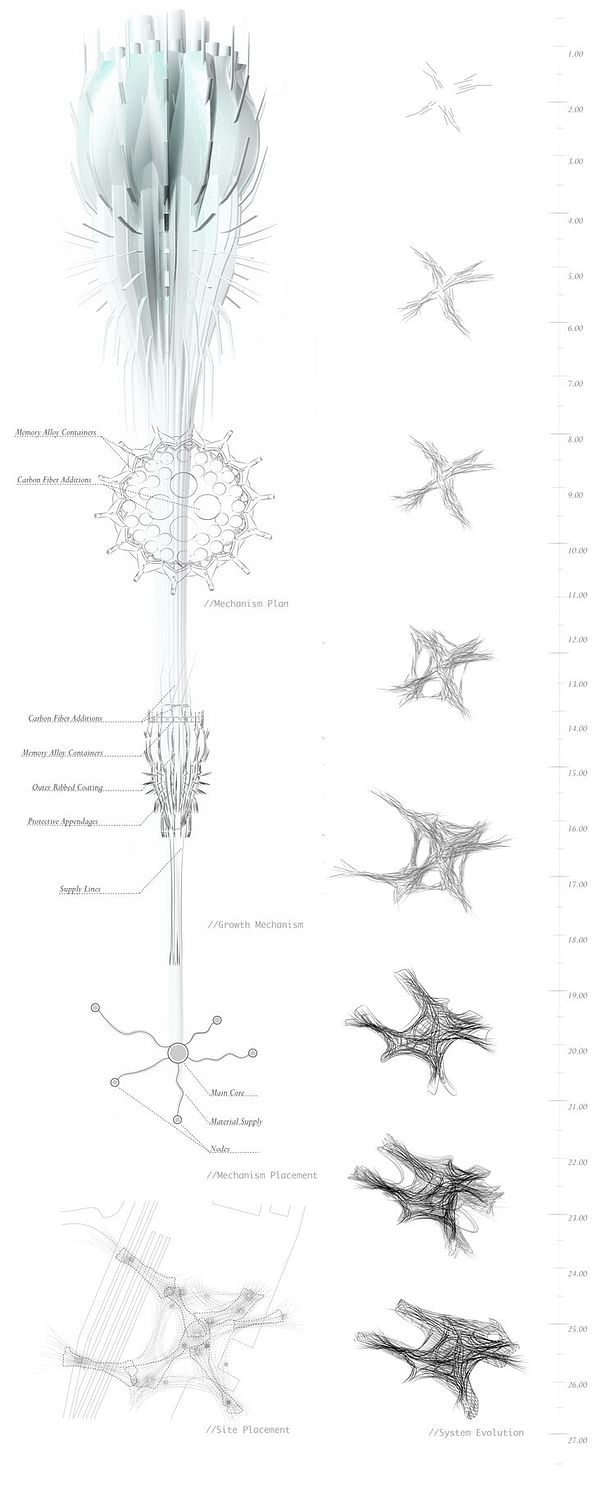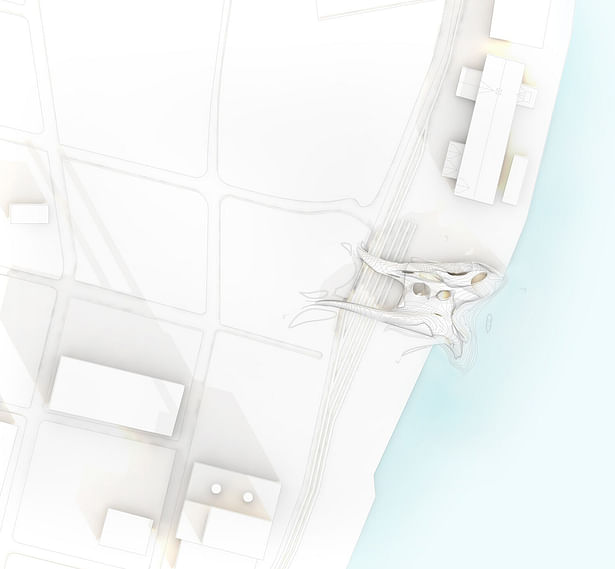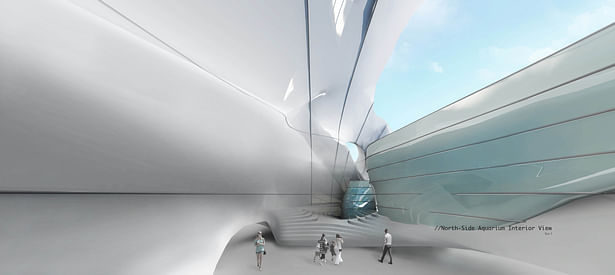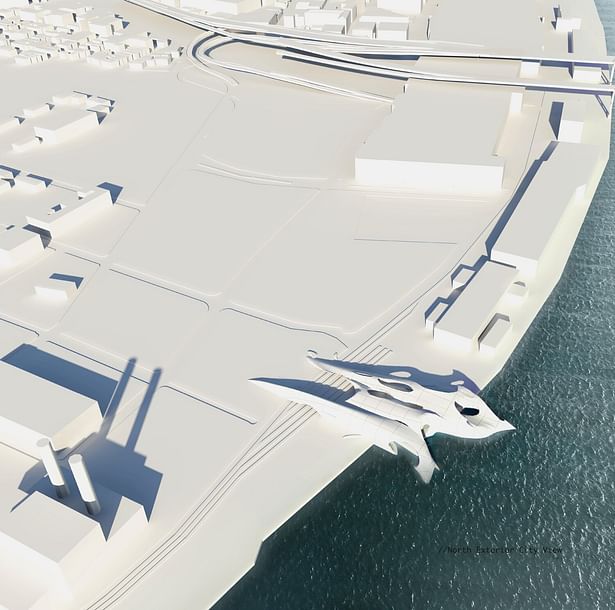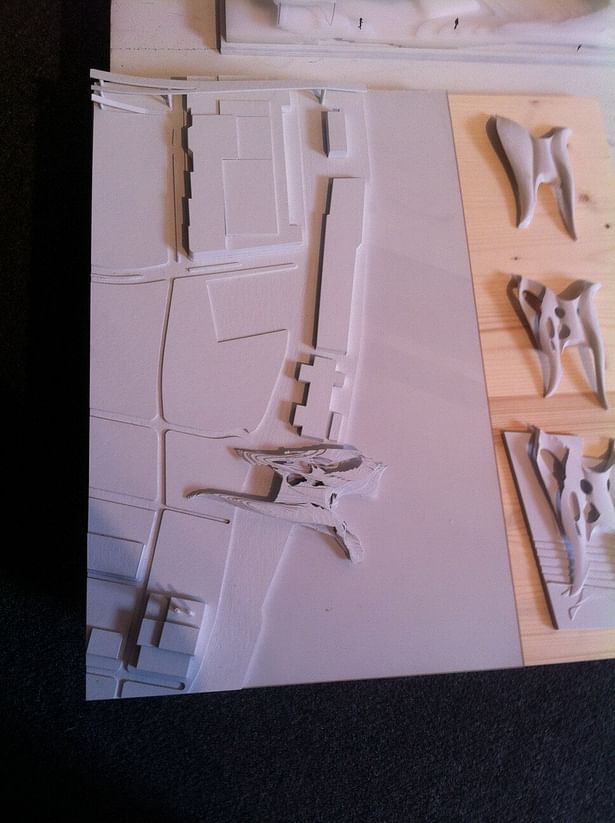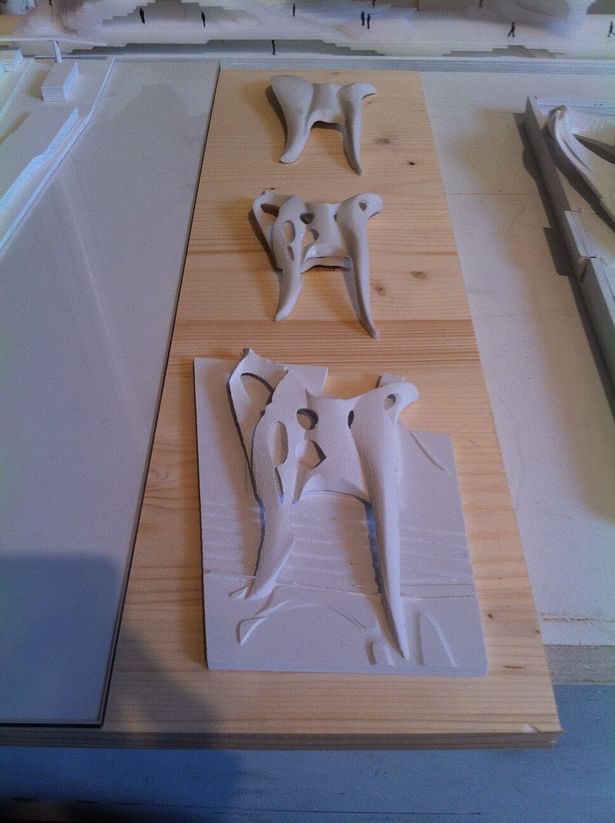
//the growth of the non-living system
Biologically informed architecture should be designed to have the capacity for growth and continual change. The world is ever advancing and constantly threatened by environmental changes. By designing structures informed by biology to have the capacity for growth, fluctuating functional activity, and continual transformation, architecture can begin to aid and anticipate such change and disasters. This anticipation can provide for structural, economic, social, and environmental sustainability.
Status: School Project
Location: New Orleans, LA, US
My Role: Thesis Student
Additional Credits: Tulane University, Thesis Studio (Spring 2015)
